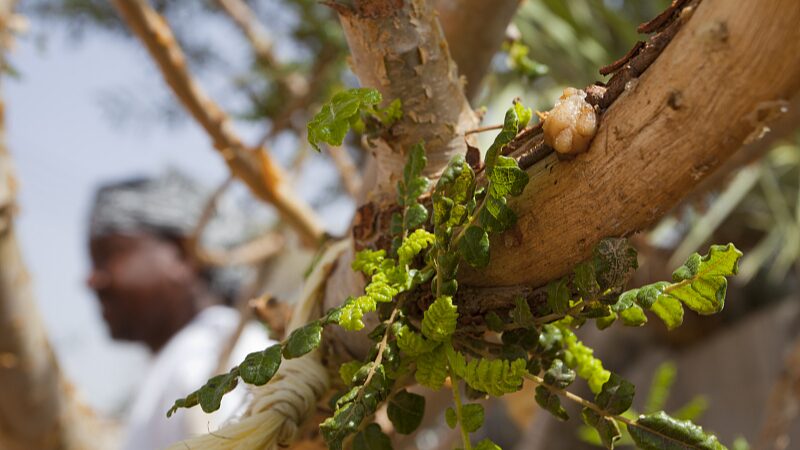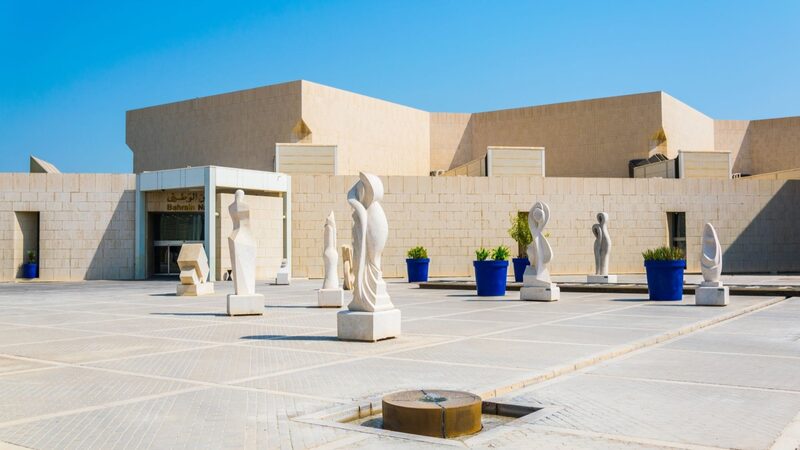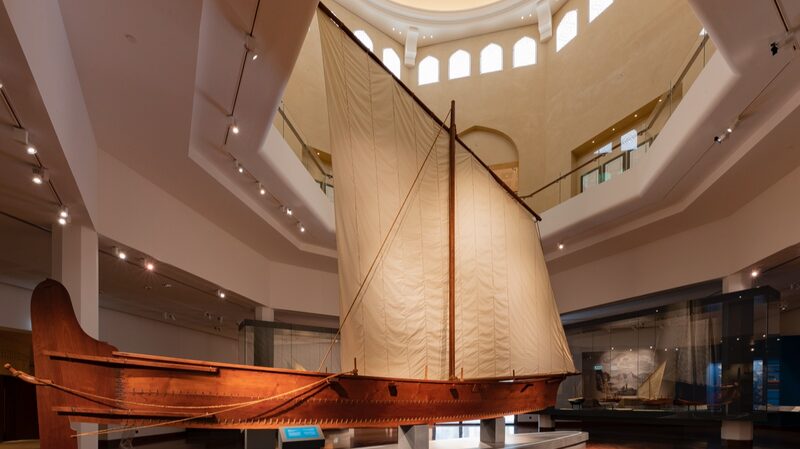Oman, nestled on the southeastern coast of the Arabian Peninsula, is a land steeped in history and rich traditions. Among its many treasures, frankincense stands out as a symbol of the nation’s heritage. Once known as “liquid gold,” this ancient resin has been coveted for centuries, making its way from the rugged landscapes of Oman to distant lands along the fabled Silk Road.
The Salalah Frankincense Museum, situated in the heart of Oman’s Dhofar region, offers visitors an immersive experience into this storied past. As you step inside, the aromatic scent of frankincense fills the air, transporting you back to a time when caravans traversed deserts, carrying this precious commodity to empires far and wide.
The museum chronicles the journey of frankincense from its harvesting process to its diverse uses throughout history. Visitors can witness traditional methods of tapping the Boswellia trees, which yield the resin, and learn about the painstaking efforts that have been preserved through generations.
Exhibits delve into the significance of frankincense in various cultures, highlighting its role in religious rituals, medicinal practices, and as a luxury good in ancient trade. Interactive displays showcase the global trade networks that connected Oman to civilizations across Asia, Africa, and Europe via the Silk Road.
In 2000, the Land of Frankincense, encompassing the frankincense trees of Wadi Dawkah and the remains of caravan oases, was inscribed on the UNESCO World Heritage List. This recognition underscores the cultural and historical importance of frankincense to Oman and the world.
A visit to the Salalah Frankincense Museum is not just a walk through history; it’s a journey that illuminates the threads that weave together cultures and continents. For travelers, historians, and cultural enthusiasts alike, the museum offers a captivating glimpse into one of the most famous trade goods of antiquity and the legacy it leaves behind.
Reference(s):
cgtn.com







